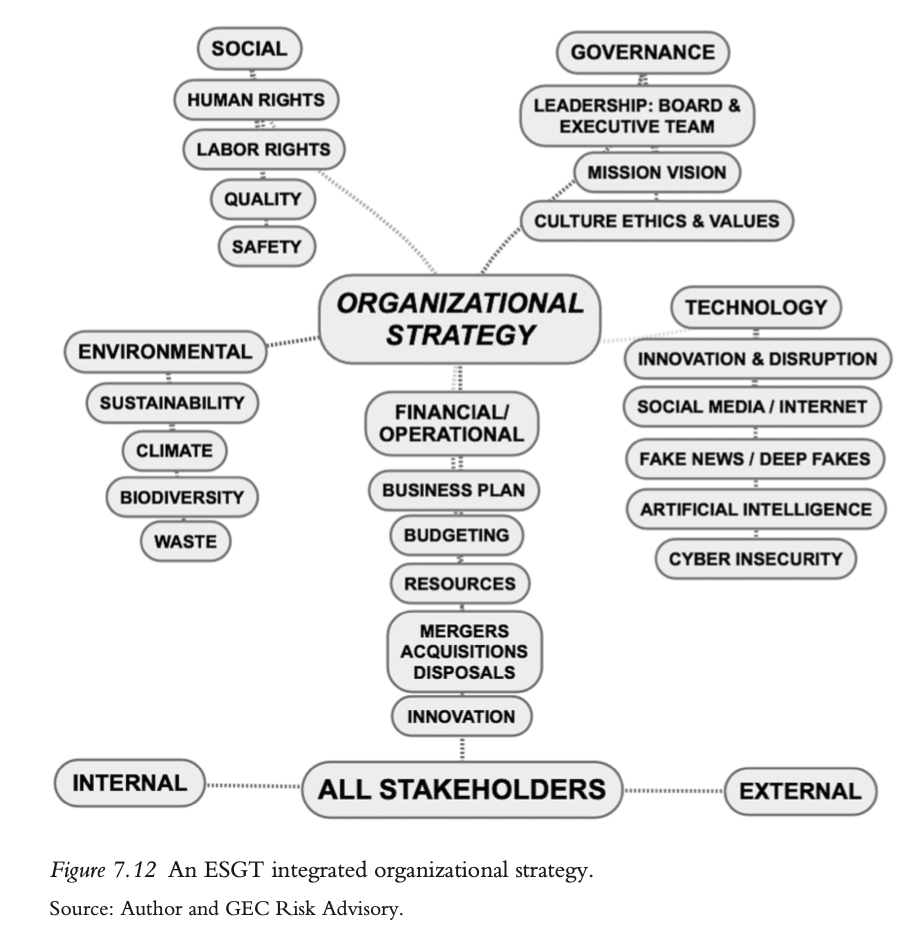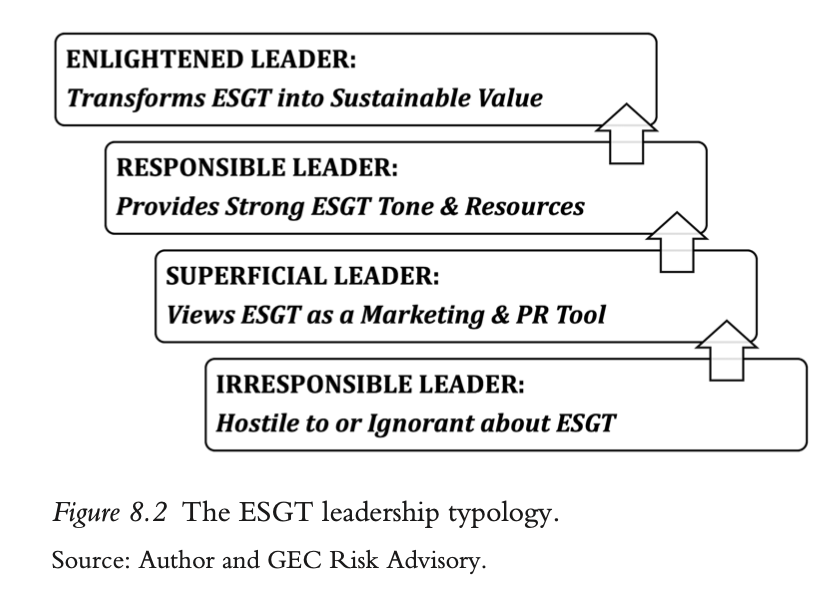ESGT: Exponential technology requires exponential responsibility (Part 2: Use cases and future proofing)


· 8 min read
This is Part 2 of a two-part series on exponential technologies and their implications for ESGT leadership. You can find Part 1 here.
What has happened over the past years since the COVID-19 Pandemic erupted is certainly unprecedented in modern times in terms of both the bad and the good. The bad is obvious – COVID-19 and its variants have caused, at this writing, millions of deaths, and sickness worldwide and new variants still pop up regularly around the world.
The good is obvious too but completely novel – the fact that scientists the world over, across borders and against national and international political headwinds, continued to share data and push boundaries to achieve not one, not two but almost a dozen covid vaccinations and treatments that have by all accounts had a major impact on preventing deaths and serious illness around the world. A dramatic example of this phenomenon comes from the almost exponential velocity and accuracy of the development of a variety of COVID-19 vaccines in a period of under one year from the discovery of the virus something the world had never seen before.
This is clearly an example where the “T” in ESGT clearly intersected with E and S issues – biological, social, labor, health, and safety - as well as G issues - how well a company, a school, a government governed the issue of pandemic management and prevention.
The New York Times produced an alarming investigative report on “A Power Struggle Over Cobalt Rattles the Clean Energy Revolution” on November 20, 2021. In essence, it is the story of the rich mineral land and mining operations, specifically for cobalt, that exists within Congo specifically for lithium battery production. Cobalt is a critical ingredient in the green revolution because it is essential for lithium battery production which in turn is a key component of the electric car revolution, specifically for the likes of Tesla and the exponentially growing competition in the electrical vehicle market worldwide. The paradox of this story is that there is geopolitical big power competition with serious social and economic consequences locally over a key ingredient in the green technology revolution involving the environmentally destructive mining of local lands.
This story has all manner of ESGT issues, risks and even opportunities intersecting within the storyline, illustrating the deep interconnection between the environmental, social, governance and technological issues, risks and opportunities of our times:
Once again, we see the inextricable interconnection of environmental, social, governance and technology issues in a serious global climate story which will require all actors - whether at the governmental, business, or social levels - to think holistically about ESGT strategies, governance and resilience for the benefit of their key respective stakeholders.
There is no business model that does not include an array of technological and digital transformation issues, risks, and opportunities. Indeed, we believe everything is interconnected - one way or another - by technology - existing, developing, and yet to be developed. We also believe deeply that almost all (if not all) of the new technologies that are being developed at the speed of light have the opportunity to be great, good, bad, or deeply ugly and dangerous.
What is the x-factor that explains the difference between the various potential impacts of technology? Human intelligence, ethical leadership, and thoughtful governance. Indeed, how early and how often moral, ethical, judicious, socially conscious filters and governors are applied to technological exploration, invention, discovery, development, or application is the critical determinant of whether such tech will be neutral, beneficial, or dangerous to humanity and even life on earth.
It is incumbent on leaders everywhere to exercise responsible leadership at the intersection of ESG and technology. To be able to do so, leaders must integrate all relevant technology issues, risks, and opportunities into the earliest part of any discovery, invention, or R&D effort and throughout its development, operationalization and sale of products and services relating to such technologies. It also means developing an overarching strategic and business planning effort that takes into account all ESGT issues, risks and opportunities relevant to the particular business and which includes all of the right people sitting at the strategy formulation table - not just the financial leaders, but the ethicists, the risk, the legal and the governance experts and others as needed by the particular business (chief medical officers in a pharma company, aviation safety experts in an aircraft manufacturing company, AI ethicists in a software company, and so on.).
Figure 1 below provides a big-picture illustration of how leaders must develop organizational strategy to include not only the traditional financial and operational details that always go into strategy formulation but the ESGT ones we have been talking about in this Article as well.

So how do companies and other organizations start their ESGT governance and strategic journey? We leave you with some food for thought on what resilient leadership (both management and oversight) looks like (adapted from the “10 Commandments of Resilient Leaders” from Andrea’s book Gloom to Boom):

Thus, the topic of responsible ESGT leadership and governance in an age of exponential, rapid-fire technological change is complicated, multifaceted, fraught, and potentially a losing battle. But this does not mean leaders in business, government and society should not do their utmost to protect people, assets, and the planet - early and often. Indeed, we should all double and triple down on building strategic ESGT governance and strategic resilience and sustainability including focusing on technological solutions to some of the exponential technological challenges of our time.
John Le Carre’s hero Smiley is told in “Smiley’s People” by a colleague as he is in hot pursuit of an evil enemy to: “Go home, George. Get yourself a bit of love and wait for Armageddon”. We do not think it is time to go home yet but we are in an 11th hour situation to rein in the cowboy wild west culture that has dominated technology governance (or the lack thereof) for the past few decades. We cannot afford to wait for a technological Armageddon. We still have time to defuse the potential out of control exponential technology bombs by developing responsible, deeply knowledgeable, and canny, ESGT-savvy, and resilient leaders.
This article was adapted and updated from Chapter 15 of "Sustainability, Technology, and Finance". illuminem Voices is a democratic space presenting the thoughts and opinions of leading Sustainability & Energy writers, their opinions do not necessarily represent those of illuminem.
Alex Hong

Energy Transition · Energy
Steven W. Pearce

Adaptation · Mitigation
John Leo Algo

Ethical Governance · Environmental Sustainability
Financial Times

Sustainable Finance · ESG
Sustainability Magazine

Net Zero · ESG
Responsible Investor

AI · Sustainable Finance